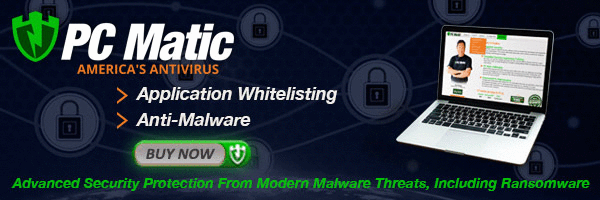
What Is The Best Technology To Stop Spam
Legislative measures failed stop Spam up till now. Since Spam is basically a human problem you can do something about it using anti-spam technology. Anti-spam software is the only thing we have now to block undesired messages. It’s not a foolproof method however. Let’s see why.
Most anti-spam software use inspection techniques to detect Spam emails. The anti-spam program analyzes incoming messages and checks the message content against a known profile of Spam. Something like it asks a question “Does this message look as Spam?”, and based on that analysis the anti-spam program takes the final decision to allow the message or block it. At best this approach can delete most of the Spam emails allowing only a few ones getting through.
The analysis method is not as reliable as it seems. If you slacken the rules, you’ll get much Spam in your inbox. If the rules are too strict, you’ll stop all the Spam with the risk to block quite legitimate messages. A legitimate email incorrectly blocked as spam is called a false positive. If you get a lot of false positives, you will need to read all the Spam emails looking for good messages among the rubbish. But this completely disproves the need of anti-spam software.
The main disadvantage of the analysis method is that the filters that work fine today can stop working tomorrow. Spammers can also try an anti-spam program to tailor their emails so that they will get around the filters. As far as the developers improve their anti-spam programs, the spammers perfect their spam techniques. That’s why we get V1agra and C1alis and many other misspelled words in spam emails. Certain sophisticated techniques allow spammers make an email message that looks differently to a human person than the same message is read by a computer program, for example, when an email contains a text readable for the recipient but the program sees it as a picture. Such kind of spam emails is growing in popularity for spammers now.
A step forward in the analysis techniques is the Bayesian filters. Previously the decision if a particular email is legitimate or spam was made based on how this message was measured up against a general profile of Spam. The Bayesian filters inspect your own inbox and build the databases of good and spam words based on your own incoming messages. This makes possible to adjust the Bayesain filters for every user because the conception of Spam is subjective to some extent. By telling the Bayesian filters that this message is spam and that one is legitimate, you teach the filters to recognize the emails that you personally consider to be spam.
Whitelist and Blacklist do not solve the problem either. Adding trusted email addresses to the whitelist is not quite safe as it seems to be. Nowadays viruses are known to use the email addresses from various address books to forge the messages and send themselves out. It’s not possible to add all the email addresses or even email domains to the blacklist either. Spammers do not use real email addresses to send spam. Today you get a spam email from this domain and tomorrow you can receive the very same spam email from a different domain. If you blacklist all the spammers’ emails, this will result in the blacklist of an interminable size and slower work of anti-spam software.
Simply put, the war between the spammers and their victims continues. Although there is no perfect solution for the Spam problem today, take care and keep your anti-spam filters in fighting trim.


